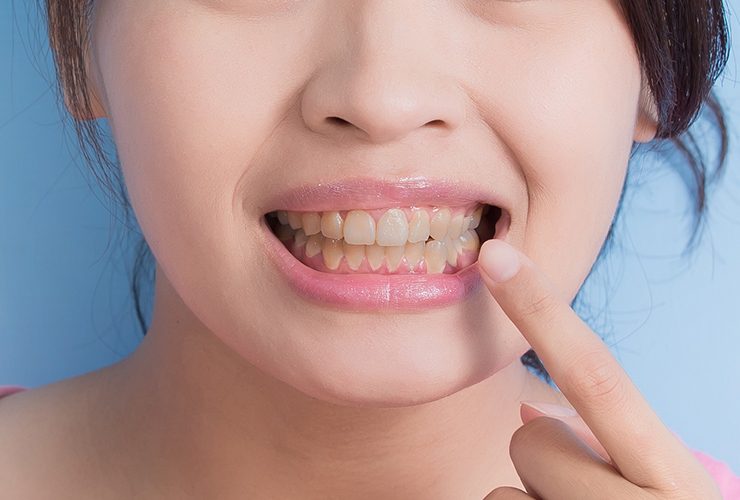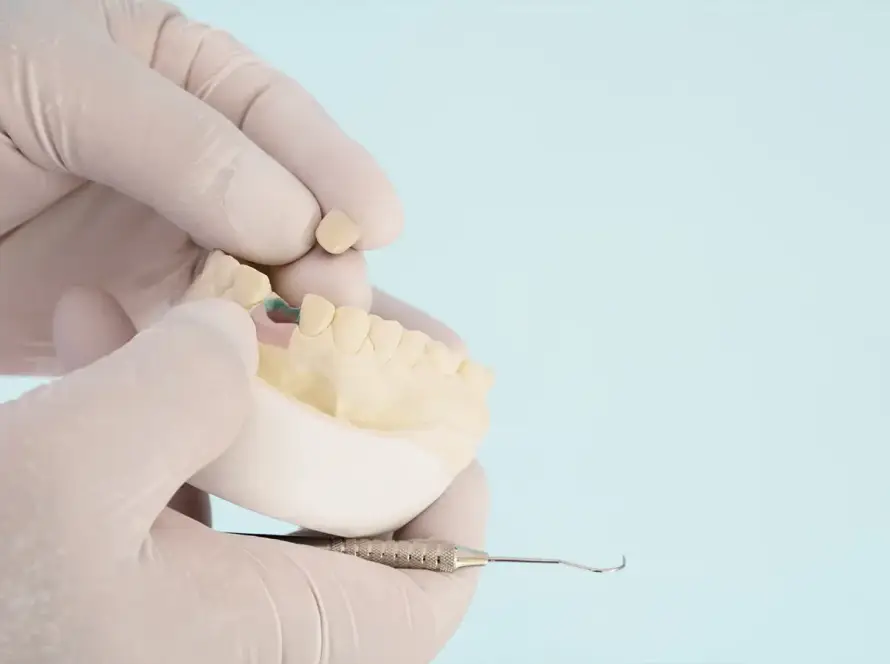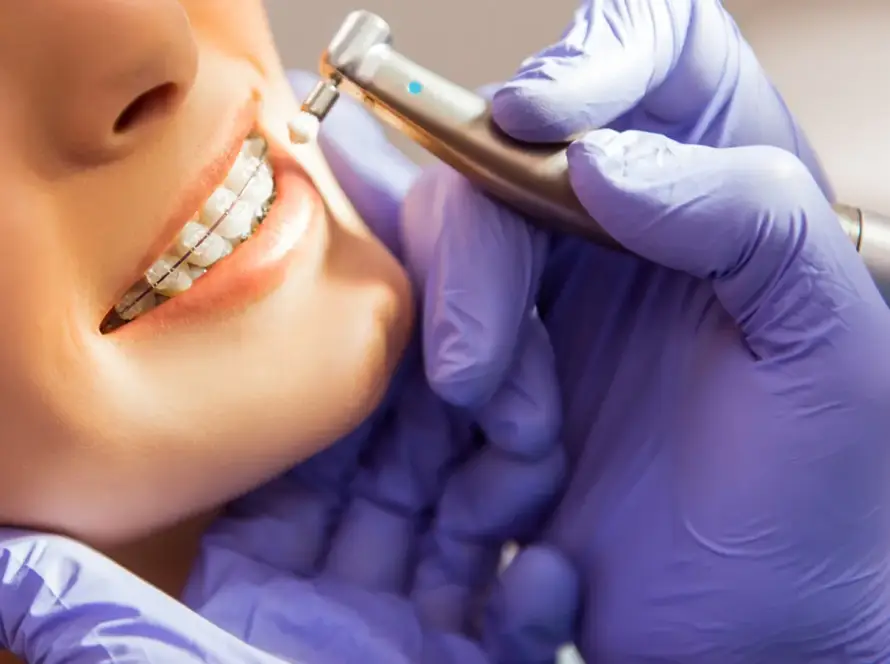![]() The Importance of Proper Teeth Brushing
The Importance of Proper Teeth Brushing
Maintaining good oral hygiene is essential for a healthy smile and overall well-being. Proper teeth brushing plays a crucial role in this routine. Here’s why it is important to brush your teeth correctly:
- Plaque and bacteria removal: Brushing your teeth properly helps to remove plaque and bacteria that accumulate on the surface of your teeth and along the gum line. This prevents the formation of dental cavities, gum disease, and bad breath.
- Prevention of tooth decay: With regular and proper brushing, you can effectively remove food particles and plaque that can contribute to tooth decay. By brushing at least twice a day, you can significantly reduce the risk of developing cavities.
- Gum health: Poor oral hygiene can lead to gum disease, which can cause gum inflammation, bleeding, and even tooth loss. Proper brushing techniques help to remove plaque, preventing gum disease and maintaining healthy gums.
- Fresh breath: Brushing your teeth removes the food particles and bacteria that cause bad breath. By brushing your teeth properly, you can enjoy fresh breath and feel confident in your interactions with others.
- Overall health benefits: Maintaining good oral hygiene through proper teeth brushing has been linked to various health benefits. Poor oral health has been associated with conditions like heart disease, diabetes, and respiratory problems. Brushing your teeth correctly can help reduce the risk of these systemic health issues.
To reap these benefits, it is important to brush your teeth for at least two minutes, twice a day. Additionally, using a fluoride toothpaste and a soft-bristle toothbrush in gentle circular motions is recommended by dental professionals.
Remember, proper teeth brushing is a fundamental part of your daily oral care routine, promoting a healthy smile and preventing dental problems.
Choosing the Right Toothbrush and Toothpaste
When it comes to maintaining good oral health, selecting the right toothbrush and toothpaste is essential. Here are some factors to consider when choosing the right products for your dental care routine:
- Toothbrush:
- Bristle type: Opt for a toothbrush with soft or extra-soft bristles to avoid causing damage to your gums and tooth enamel. Hard bristles can be too abrasive and can lead to sensitivity or even gum recession.
- Size and shape: Look for a toothbrush with a small head and a comfortable grip. This will ensure that you can reach all areas of your mouth easily and brush effectively.
- Electric or manual: Both electric and manual toothbrushes can effectively clean your teeth. If you have trouble with dexterity or find it challenging to reach certain areas, an electric toothbrush with rotating or oscillating bristles may be more beneficial.
- Toothpaste:
- Fluoride content: Choose a toothpaste that contains fluoride, as it helps strengthen tooth enamel and protect against cavities. Most reputable toothpaste brands include fluoride in their formulations.
- Specialized toothpaste: If you have specific dental concerns, such as sensitivity or gum disease, consider using a specialized toothpaste. These can cater to your specific needs and provide extra protection.
- Taste and texture: Toothpaste comes in a variety of flavors and textures. Finding one that you enjoy using can make your brushing experience more pleasant and encourage you to brush more thoroughly.
Remember to replace your toothbrush every 3-4 months or sooner if the bristles become frayed. Regularly check the expiration date of your toothpaste and discard any past their prime.
By carefully selecting the right toothbrush and toothpaste, you can ensure that you are effectively cleaning your teeth and maintaining optimal oral health.
The Correct Brushing Technique
To effectively maintain oral hygiene, it is crucial to adopt the correct brushing technique. Here are the steps to follow:
- Positioning the brush: Hold the toothbrush at a 45-degree angle towards the gum line. Ensure that both the tooth and gum surfaces are in contact with the bristles.
- Gentle strokes: Use short, gentle strokes to brush the outer surfaces of your teeth. Pay attention to each tooth individually and make sure to clean every surface, including the chewing surfaces.
- Inner surfaces: Move to the inner surfaces of the teeth and repeat the same technique. Take your time and be thorough in cleaning all surfaces.
- Clean the chewing surfaces: Using a back-and-forth motion, thoroughly clean the chewing surfaces of your molars, as these tend to accumulate more food debris.
- Don’t forget the tongue: Brushing the tongue gently can help remove bacteria and freshen breath.
- Time it right: Brush your teeth for at least two minutes, twice a day. Using a timer or an electric toothbrush with a built-in timer can be helpful in achieving the recommended brushing time.
Remember, using the appropriate brushing technique is essential for maintaining good oral health. Regular brushing combined with flossing, mouthwash, and regular dental check-ups can ensure a healthy and bright smile.
How Often Should You Brush Your Teeth
Maintaining proper oral hygiene is essential, and brushing your teeth regularly plays a crucial role in achieving it. According to dental professionals, it is recommended to brush your teeth at least twice a day. This means brushing once in the morning after waking up and once before bed. By following this routine, you can effectively remove plaque and prevent the build-up of bacteria that can lead to tooth decay and gum disease.
In addition to brushing twice a day, it is also recommended to brush your teeth after meals whenever possible. This helps to remove any food particles that may be trapped between your teeth and reduce the risk of cavities developing.
It is important to note that brushing your teeth too vigorously or too frequently can damage your tooth enamel and irritate your gums. Using a soft-bristled toothbrush and gentle, circular motions is best to avoid any harm to your teeth and gums.
In summary, brushing your teeth at least twice a day, along with regular flossing and routine dental check-ups, is crucial for maintaining optimal oral health. By following these guidelines, you can keep your teeth and gums healthy and prevent oral problems in the long run.
Signs of an Inadequate Teeth Brushing Technique
- Persistent bad breath: One of the most common signs of an inadequate teeth brushing technique is persistent bad breath. This could be due to the buildup of bacteria and food particles that are not properly removed during brushing. Proper brushing techniques can help eliminate bad breath by effectively removing plaque and food debris from all surfaces of the teeth and tongue.
- Plaque and tartar buildup: Another indication of an inadequate brushing technique is the presence of plaque and tartar buildup on the teeth. Plaque is a sticky film of bacteria that forms on the teeth after eating, and if not removed, it can harden into tartar. Regular and thorough brushing helps prevent the accumulation of plaque and tartar, reducing the risk of tooth decay and gum disease.
- Tooth decay and cavities: Inadequate brushing can contribute to tooth decay and cavities. If the teeth are not properly cleaned, plaque can build up and produce acids that attack the tooth enamel, leading to decay. Regular brushing with proper techniques helps remove plaque and protect the teeth from decay and cavities.
- Gum inflammation and bleeding: Insufficient brushing can also lead to gum inflammation and bleeding. When plaque and bacteria are not effectively removed, they can irritate the gums, causing inflammation and bleeding. Proper brushing techniques, including gentle massaging motions along the gumline, can help remove plaque and stimulate healthy gums.
- Sensitivity: Inadequate brushing may also contribute to tooth sensitivity. When plaque is not effectively removed, it can erode the tooth enamel, exposing the dentin and causing sensitivity to hot, cold, or sweet stimuli. Adopting proper brushing techniques, such as using a soft-bristled toothbrush and gentle circular motions, can help protect the enamel and reduce sensitivity.
- Uneven tooth color: Improper brushing techniques may result in uneven tooth color. Inadequate removal of stains and plaque can lead to discoloration or yellowing of the teeth. Using proper brushing techniques, including brushing all surfaces of the teeth and paying attention to hard-to-reach areas, can help maintain a consistent tooth color.
It is important to recognize these signs of an inadequate teeth brushing technique so that necessary adjustments can be made to ensure proper oral hygiene. By adopting and practicing proper brushing techniques, individuals can maintain optimal oral health and prevent common dental problems.
Incorporating Good Oral Hygiene Habits into Your Daily Routine
Maintaining good oral hygiene is crucial for dental health. By incorporating good oral hygiene habits into your daily routine, you can prevent tooth decay, gum disease, and other dental issues. Here are some tips to help you establish a consistent oral care routine:
- Brush your teeth twice a day: Brushing your teeth at least twice a day, especially in the morning and before bed, is essential for removing plaque and bacteria. Use a soft-bristled toothbrush and fluoride toothpaste to gently clean your teeth and gums.
- Floss daily: Along with brushing, daily flossing is vital for removing plaque and food particles from between your teeth. Use a gentle back-and-forth motion to clean between each tooth, reaching below the gumline.
- Use mouthwash: Adding a mouthwash to your routine can help kill bacteria and freshen your breath. Look for an antimicrobial or fluoride mouthwash and rinse for about 30 seconds after brushing and flossing.
- Replace your toothbrush regularly: Over time, toothbrush bristles can become frayed and less effective. It’s recommended to replace your toothbrush every three to four months, or sooner if the bristles appear worn.
- Limit sugary and acidic foods: Consuming excessive sugary and acidic foods can contribute to tooth decay. Limit your intake of these foods and drinks, and rinse your mouth with water after consuming them.
- Visit your dentist regularly: Regular dental check-ups and professional cleanings are essential for maintaining optimal oral health. Your dentist will be able to detect any potential issues early and provide necessary treatments.
By incorporating these oral hygiene practices into your daily routine, you can maintain a healthy smile and prevent dental problems. Remember, consistency is key for achieving optimal oral health.















